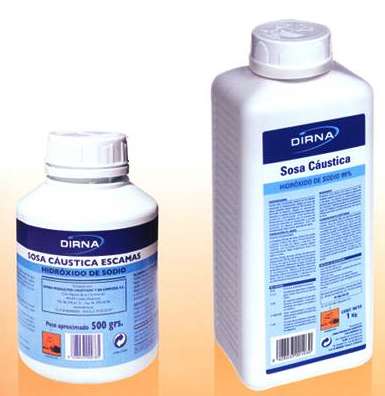Arrehius's acid-base theory stems from his studies on electrolytes. Arrhenius proposed that an electrolytic substance dissociates in water forming ions, furthermore he classified  strong and weak electrolytes depending on whether their dissociation is complete or incomplete.
strong and weak electrolytes depending on whether their dissociation is complete or incomplete.
Based on these ideas, he explained that an acid, such as HCl, completely dissociates in water (strong acid) generating protons, responsible for its acidity.
$HCl + H_2O \rightarrow Cl^- + H_3O^+$
Bases, for their part, when dissolved in water, produce hydroxide ions (OH - ), responsible for their basicity. So sodium hydroxide (NaOH) completely dissociates in aqueous solution, forming sodium cations and hydroxide ions that make it a strong base.
$NaOH \rightarrow Na^+ + OH^-$
The Arrhenius theory also explains how acids and bases neutralize each other:
$NaOH + HCl \rightarrow NaCl + H2O$
That is, in a neutralization reaction, protons and hydroxide ions combine to form water.
$H^+ +OH^-\rightarrow H_2O$
The problem of the Arrhenius theory arises when it tries to explain the acidity or basicity of certain substances, for example ammonia. It is known that ammonia behaves like a weak base, but it does not have hydroxide ions that can yield to water.
Many of these difficulties were remedied with the Bronsted and Lowry theory that we will study in the next entry.



